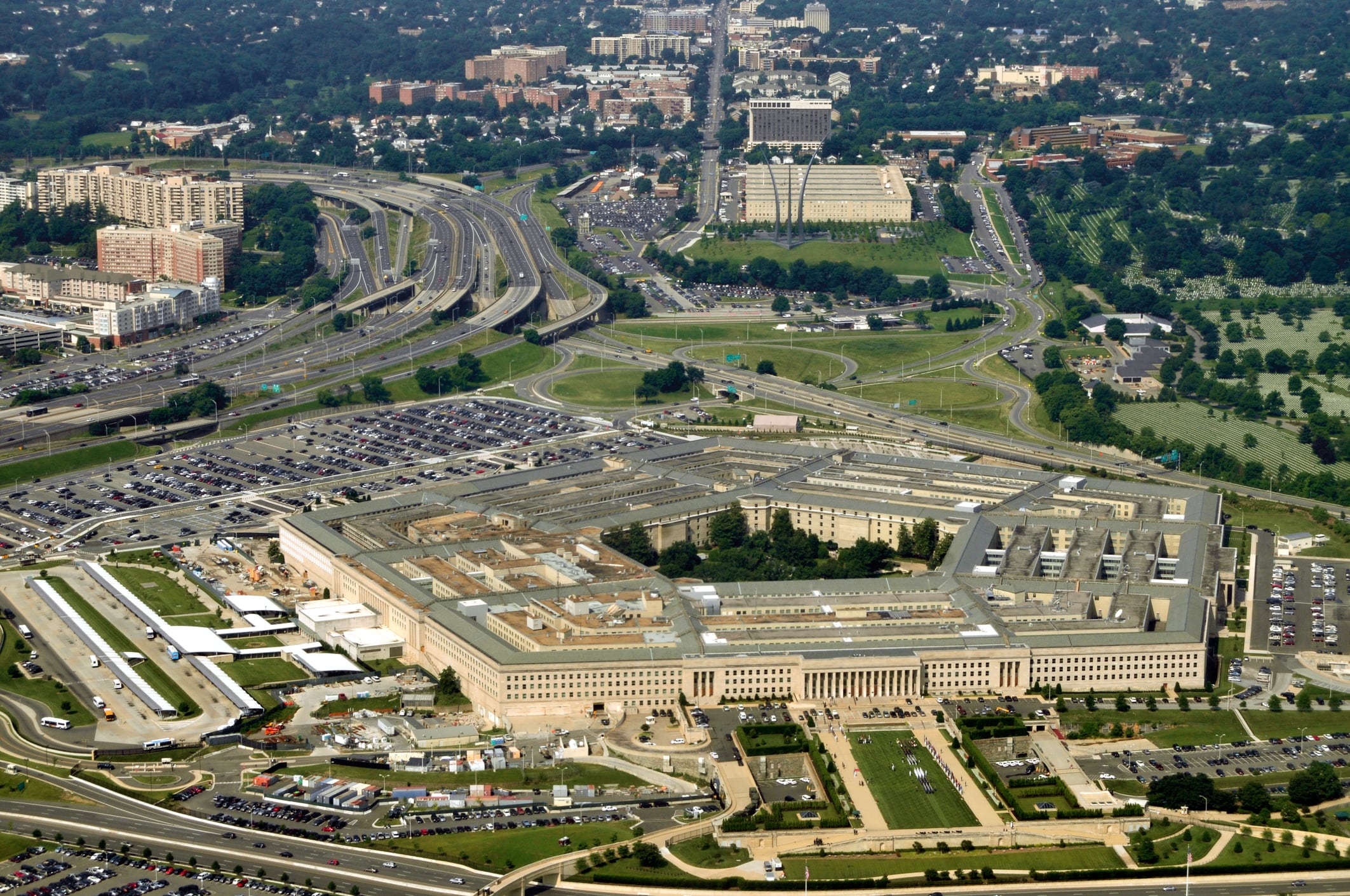WASHINGTON — The new leader of the Pentagon’s top artificial intelligence office wants the hub to shift from a product development organization to one that enables the armed services and combatant commands to further develop AI tools.
Marine Corps Lt. Gen. Michael Groen, who now leads the Joint Artificial Intelligence Center, said Friday that his organization is looking to perform “broad enablement” for different components as the department starts to apply AI tools to war-fighting operations. The plan is part of what the JAIC dubs “JAIC 2.0,” which realigned JAIC mission areas to meet the needs of the war-fighting community.
“We think that our transformational value will be much better in the enablement space,” Groen said on a webinar hosted by the Center for Strategic and International Studies. “We obviously will continue to do products, we’ll continue to work on some of the high-end, gamechanging technologies and programs. But we really want to start a tide that rises all boats across the department."
The center, which has been operational for about two years, has developed AI tools under projects known as national mission initiatives. Those efforts focused on a wide variety of areas, such as predictive maintenance, humanitarian and disaster response, and joint war fighting. But under its new construct, JAIC’s top focus is developing relationships with the department, Groen said.
“What we want to do is seek out problems," he said. “If in JAIC 1.0, we built technologies and then tried to find a market for them, [then] in JAIC 2.0, we’re going to be problem-pull. We’re going to build the relationships across the department to help us understand where the most compelling problems are so then we can pull our technology development and enablement in that direction.”
In August, then-acting director of the JAIC Nand Mulchandani said the center was making progress on building relationships, saying it was “a little haphazard today, but it’s getting way, way better.”
One way the JAIC has improved here is hosting national mission areas led by relevant experts. For example, the war fighter health initiative is led by a Navy surgeon, and the war-fighting initiative is led by an Army officer who served as an infantry company commander in Iraq.
Another vehicle for building relationships is the JAIC’s Joint Common Foundation, or JCF, which will give components across the Defense Department access to databases and software tools to build AI systems. Groen said JCF will help the center get its “footing” in connecting customers with technology, as well as assist components that have AI needs but don’t know how to get started.
He added that JCF serves as a platform that will provide the military with technical solutions and services, such as test and evaluation best practices, contracting assistance, and training certifications and education.
“We could track certifications and course accomplishments so you kind of get a sense of somebody’s skills,” Groen said. “If we did that in a common way, on a common foundation, now you’d be able to track: ‘Hey, I have an Air Force member coming into my command, let’s just check what her skills are.' Right? ‘Let’s check what courses he’s accomplished so that we can make sure that we align the talent to the job.’ "
Groen said the AI hub plans to start offering services in 2021 and then increase the number of services available from there. The JAIC also wants to help organizations decide if they are ready for assistance from machines by performing AI-readiness assessments that will evaluate aspects of data management and preparedness for machine-assisted decision-making.
"We hope to be able to help people evaluate themselves and their own workflows, Groen said. “We’re realigning our missions force here, as they build their relationships, to help people see solutions in the data that they own.”
Andrew Eversden covers all things defense technology for C4ISRNET. He previously reported on federal IT and cybersecurity for Federal Times and Fifth Domain, and worked as a congressional reporting fellow for the Texas Tribune. He was also a Washington intern for the Durango Herald. Andrew is a graduate of American University.








